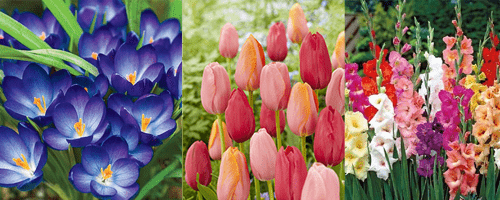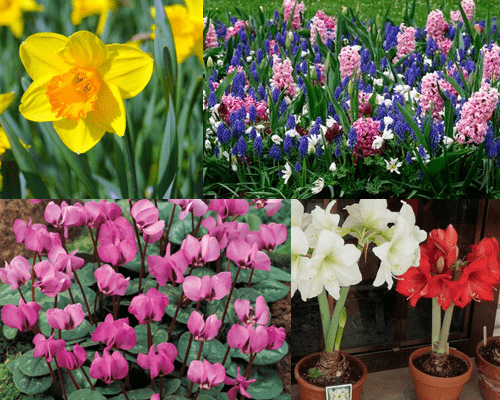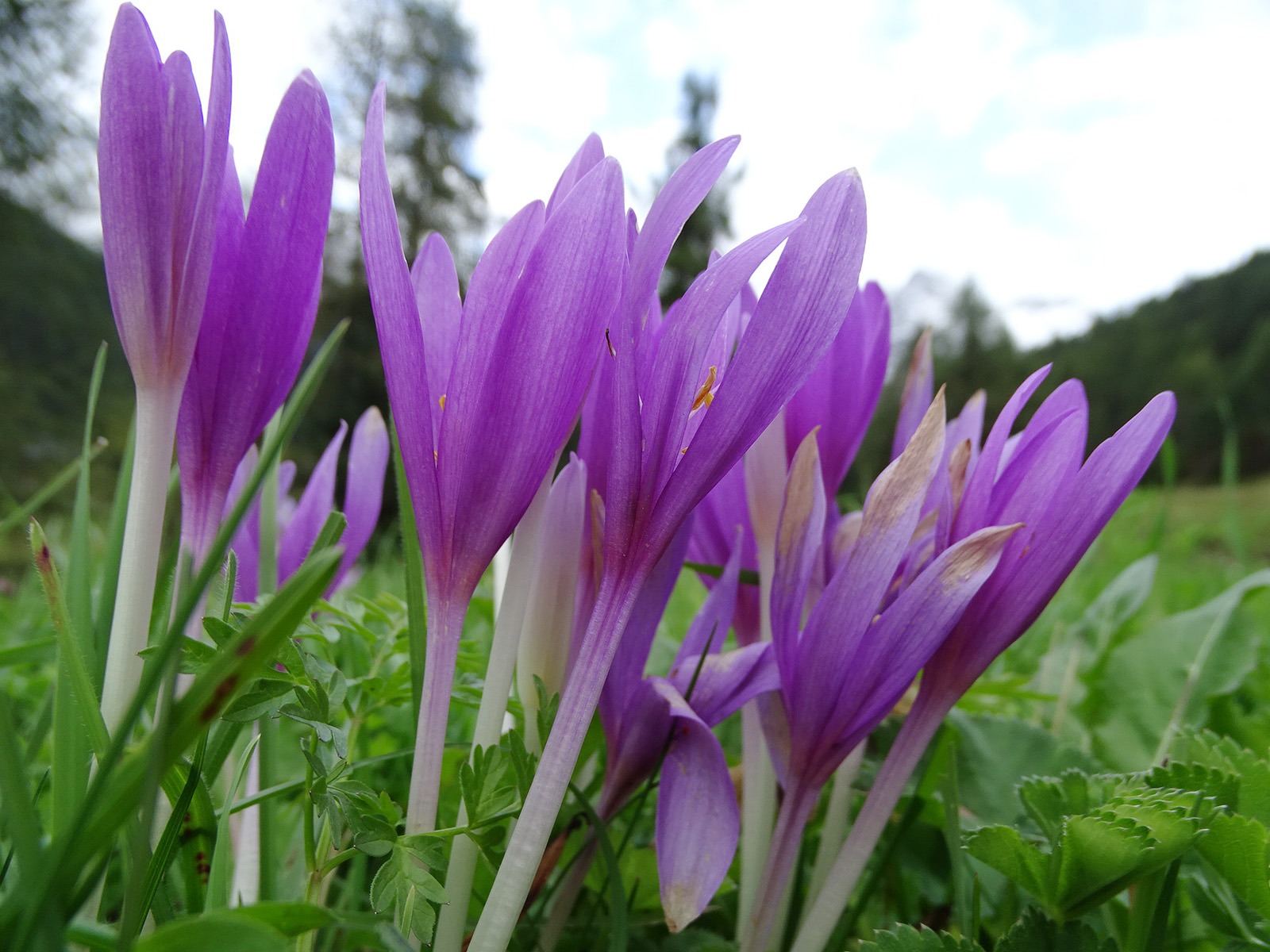As the weather gets warmer, pets start spending more time outside—and that means more danger. While there are many plants that can cause problems, bulbs are a common issue in the spring. But not all bulbs are created equal, and there’s a wide range of concerns around them.
Bulbs Causing
Gastrointestinal Upset
Crocus • Tulip • Gladiolus
There are several bulbs that when ingested may cause gastrointestinal upset, including spring flowering crocus (Crocus sp.), tulips (Tulipa sp.), and gladiola or glads (Gladiolus sp.). Most often veterinary care is not needed for mild signs.
Treatment with animals showing more significant GI upset is symptomatic, and antiemetics and fluids will go a long way in these cases.
Beyond Gastrointestinal Upset:
Daffodil • Hyacinth • Amaryllis • Cyclamen
In large exposures, certain bulbs or tubers may lead to more serious signs. Members of this group are daffodils (Narcissus sp.), hyacinths (Hyacinthus sp.), amaryllis (Amaryllis sp.), and cyclamen (Cyclamen sp.). The ingestion of foliage often results in vomiting, diarrhea (occasionally bloody vomiting or diarrhea).
Large ingestions of bulbs or tubers may result in cardiac arrhythmias, seizures, hypotension and/or tremors. For small ingestions of foliage, monitoring and managing gastrointestinal signs may be appropriate. With larger exposures, particularly of the bulbs, decontamination (including emesis and activated charcoal) may be warranted.
Autumn Crocus
Autumn crocus (Colchicum autumnale) flowers in the fall instead of the spring. They’re often planted in the spring, however, so exposures can occur during that period. It is an important plant to know due to its potential to cause serious and life-threatening toxicosis.
These plants contain colchicine, an anti-metabolite which inhibits spindle formation in the microtubules during normal cell division. Exposures may lead to mild to severe gastrointestinal upset (potentially with blood), liver and kidney injury and bone marrow suppression.
While all parts of the plant are toxic, the bulbs contain the highest concentration of colchicine.
SOURCE: ASPCA PRO | DOWNLOAD THE PDF



